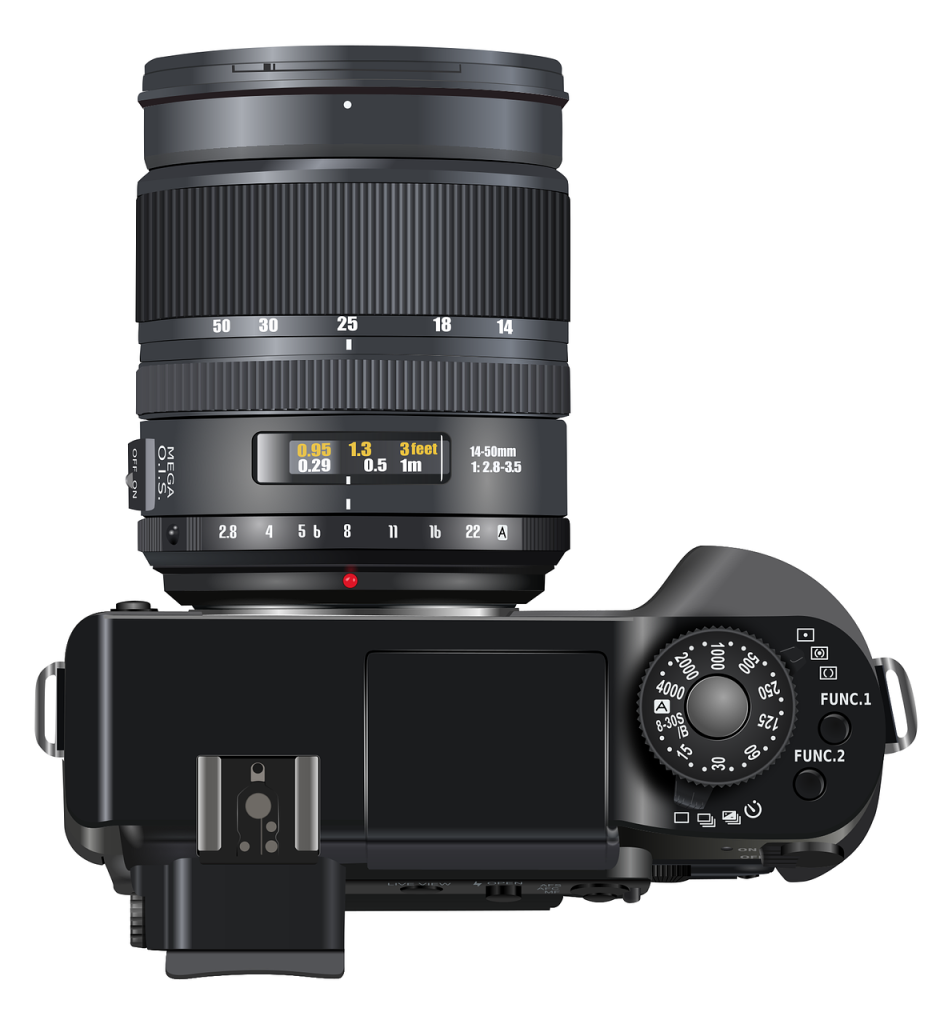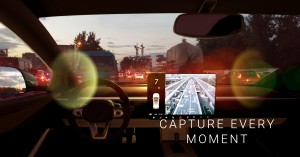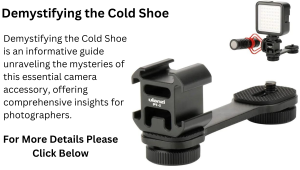In today’s digital world, cameras have become an essential part of our lives. Whether you’re capturing cherished moments with family, documenting travel adventures, or creating professional content, the right camera can make all the difference. Among the various types of cameras available, DSLR cameras stand out as a popular choice for both amateurs and professionals due to their versatility, image quality, and advanced features. In this article, we’ll explore what DSLR cameras are, how they compare with other types of cameras, and what to consider when choosing one.
What Is a DSLR Camera?
DSLR stands for Digital Single-Lens Reflex camera. These cameras use a mirror mechanism to reflect light from the lens up into an optical viewfinder, allowing the photographer to see exactly what the lens sees. When the shutter button is pressed, the mirror flips up, and light hits the digital image sensor to capture the photograph.
One of the major advantages of a DSLR camera is its interchangeable lens system, which gives photographers the flexibility to use different lenses for different purposes—whether it’s a wide-angle lens for landscapes or a telephoto lens for wildlife.
Key Features of DSLR Cameras
- Image Quality: DSLR cameras typically come with large sensors—APS-C or full-frame—which allow for higher resolution images, better low-light performance, and greater dynamic range compared to most point-and-shoot or smartphone cameras.
- Manual Controls: Unlike many compact cameras, DSLRs provide full manual control over exposure settings (ISO, shutter speed, and aperture), allowing photographers to fine-tune their shots for creative effects.
- Viewfinder Precision: The optical viewfinder in a DSLR offers a clear and immediate preview of the scene, which can be especially helpful in bright light conditions where LCD screens may be hard to see.
- Speed and Performance: DSLRs usually have faster autofocus systems and quicker shutter response times. This makes them ideal for action, sports, or wildlife photography.
- Battery Life: DSLRs often have better battery life than mirrorless or compact cameras, especially when using the optical viewfinder rather than the LCD screen.
How DSLR Cameras Compare to Other Cameras
The term camera encompasses a broad range of devices—from compact digital cameras and action cams to mirrorless systems and smartphones. Here’s how DSLR cameras stack up:
- Versus Smartphone Cameras: While smartphone cameras have dramatically improved and are convenient for casual photography, they still lag behind DSLRs in terms of sensor size, lens options, and manual control.
- Versus Mirrorless Cameras: Mirrorless cameras offer many of the same features as DSLRs, including interchangeable lenses and large sensors. However, they use an electronic viewfinder instead of an optical one. Mirrorless systems are generally more compact and lightweight, but may have shorter battery life and less lens availability depending on the brand.
- Versus Point-and-Shoot Cameras: These cameras are simple, compact, and user-friendly. They are great for beginners or everyday snapshots but lack the depth of features and quality found in a DSLR camera.
Choosing the Right DSLR Camera
When shopping for a DSLR camera, consider the following factors:
- Skill Level: Beginners may prefer entry-level models like the Canon EOS Rebel series or Nikon D3500, which are affordable and easy to use. Professionals might opt for high-end models like the Canon EOS 5D Mark IV or Nikon D850, which offer superior performance and features.
- Sensor Size: APS-C sensors are more common and affordable, while full-frame sensors provide better image quality, especially in low light, but come at a higher cost.
- Lens Compatibility: One of the strengths of DSLR cameras is lens versatility. Ensure the camera you choose has access to a wide range of compatible lenses and accessories.
- Budget: DSLRs range in price from a few hundred to several thousand dollars. Think about your long-term needs, including the cost of additional lenses, memory cards, and protective gear.
- Brand Ecosystem: Canon, Nikon, and Sony are the dominant players in the DSLR market. Each has its strengths and a loyal user base, so consider what accessories, service options, and community support are available.
The Future of DSLR Cameras
As cameras continue to evolve, some manufacturers are shifting focus toward mirrorless systems due to their compact size and advancing technology. However, DSLR cameras still have a strong presence in the market and are valued for their durability, optical viewfinders, and extensive lens options.
Many professional photographers and videographers continue to use DSLRs for commercial and creative work. They are also widely used in educational settings and by enthusiasts who value the tactile experience and reliability of a DSLR system.
Conclusion
Cameras are more than just tools—they are gateways to creativity, storytelling, and memory-making. Among the many types of cameras, the DSLR camera remains a robust and trusted choice. Whether you’re an aspiring photographer looking to upgrade from a smartphone or an experienced user in need of professional features, there’s a DSLR camera to match your goals.
When choosing the right DSLR, consider your photography needs, budget, and long-term goals. With the right combination of camera body and lenses, you can open up a world of photographic possibilities that will serve you well for years to come.





